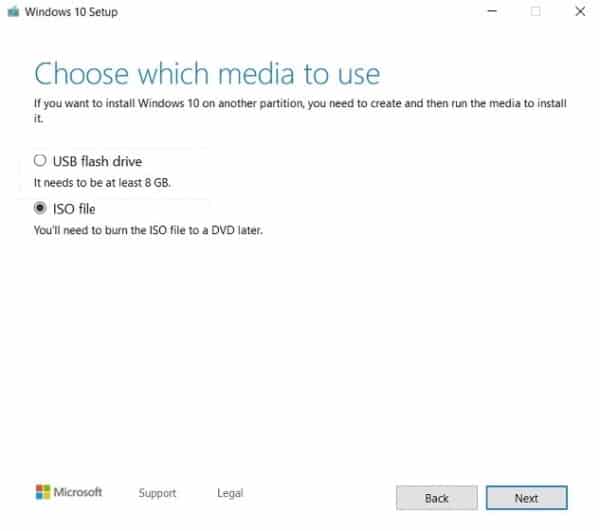

If the system is now in safe mode and works well enough in normal mode to run the test, restart as usual before running it. For example, if the computer is intermittently slow, run the test during a slowdown. Try to test under conditions that reproduce the problem, as far as possible. The sequence is: copy, paste, wait, paste again. The details are in parts 7 and 8 of this comment. These are not specific instructions just an overview. ☞ Paste the results, which will have been copied automatically, back into a reply on this page. ☞ Paste into the window of another application. ☞ Copy the text of a particular web page (not this one) to the Clipboard. Here's a general summary of what you need to do, if you choose to proceed: Nevertheless, if you can't satisfy yourself that these instructions are safe, don't follow them. Then I would not be here now and you would not be reading this message. Any one of the millions of registered users could have read the script and raised the alarm if it was harmful. But variations of it have been posted on this website many times over a period of years. You may not be able to understand the script yourself.
DISKMAKER X ERROR 425 76 CODE
Unlike an application that you download and click to run, it's transparent, so anyone who understands the code can verify what it does. In this case, however, there are ways for you to decide whether the program is safe without having to trust me. In general, no, it's not safe and I don't encourage it. You should be wondering whether you can believe me, and whether it's safe to run a program at the behest of a stranger. If you prefer, you can act on it yourself without disclosing the contents to me or anyone else. That report goes nowhere unless you choose to share it. All it does is to generate a human-readable report on the state of the computer. It doesn't send or receive any data on the network. Below are instructions to run a UNIX shell script, a type of program. There are ways to back up a computer that isn't fully functional. Backup is always a must, and when you're having any kind of trouble with the computer, you may be at higher than usual risk of losing data, whether you follow these instructions or not. The backup is necessary on general principle, not because of anything in the test procedure. If you don't already have a current backup, please back up all data before doing anything else. You do harder tasks with the computer all the time.Ģ. The process is much less complicated than the description. It will do no harm, but it won't do much good either.ĭon't be put off by the complexity of these instructions. I don't recommend running it on older versions of OS X.


The test works on OS X 10.8 ("Mountain Lion") and later. But with the aid of the test results, the solution may take a few minutes, instead of hours or days. It changes nothing, for better or worse, and therefore will not, in itself, solve the problem. I guess I won't be forgetting about hosts.allow next time.1. This is one case where ping will work but TFTP will fail, even with no firewall running. The routers that were one hop away used that allowed network to get back to the TFTP server (via static routes on the cable router), but the one router directly connected was on a network not listed in hosts.allow (and I have ALL:ALL in ny). In my case, I found that my hosts.allow file on the TFTP server box was only configured to allow the network with the cable router and no other networks. One of my routers was directly connected to the network with the raspberry pi and it was NOT connecting! It could ping the IP address just fine, but no TFTP. Two of my routers were each one hop away from the TFTP server (a raspberry pi). I had to enter static routes on the dlink to get packets back to the cisco routers. I have them all connected to my cable internet router (dlink dgl-4500). I have 3 routers (two 1841's and one 2801) and 3 switches (all 2950's) for my CCNA lab at home.


 0 kommentar(er)
0 kommentar(er)
